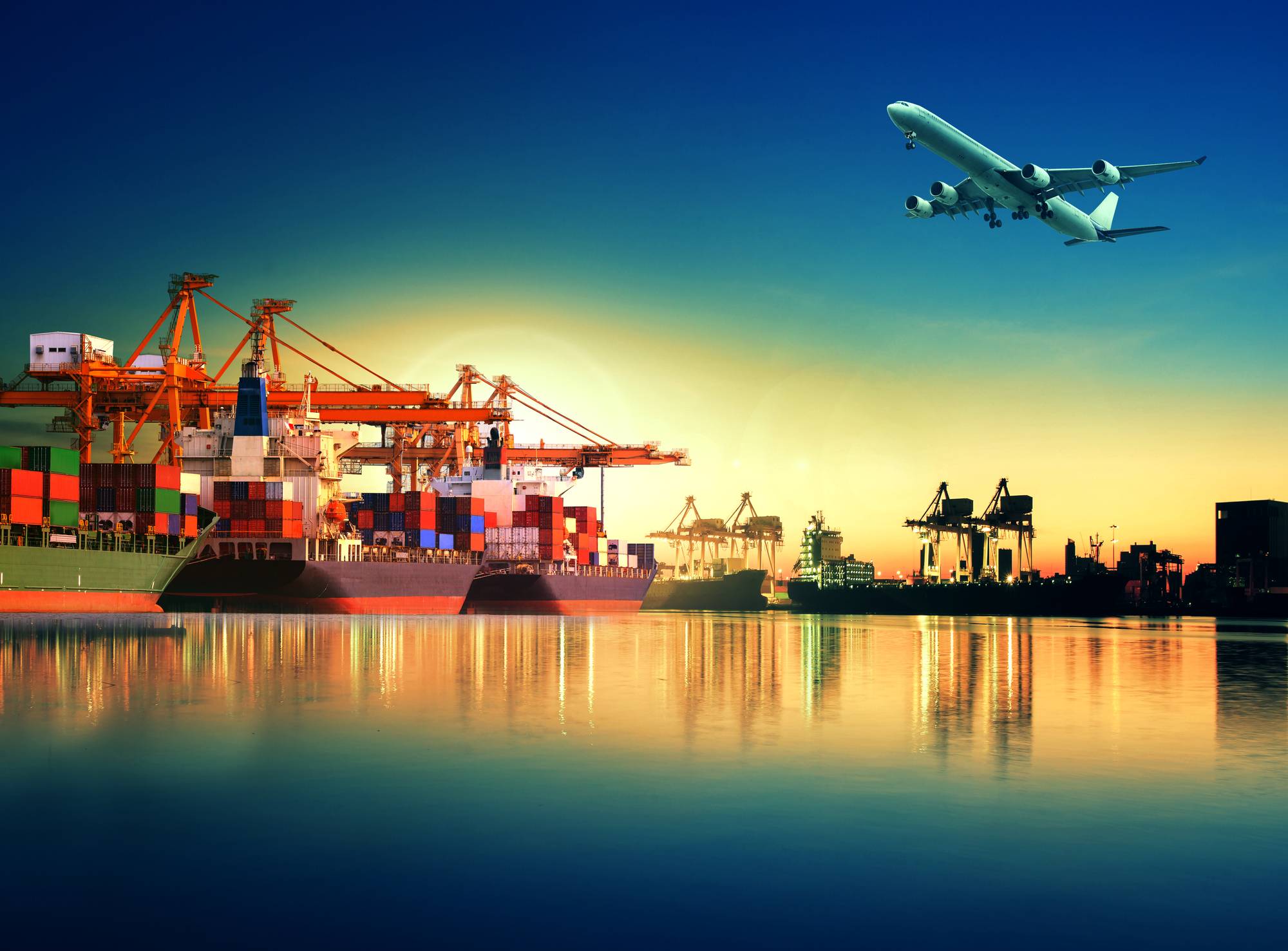Our clients often have to deal the situation when they import goods from the EU. However, the goods never leave the EU, because the supplier ships them directly to the end customer who are located in another EU country. How to deal with VAT issue in these cases?
Prior to Brexit this situation would constitute so called ‘’triangulation’’. ”When A company sells goods to B company and B company sells them to C company. In this case, A would invoice B, B would invoice C, and the goods will be delivered directly from A to C. Invoices issued by A and B companies would be zero-rated for VAT, and C would account for VAT in their VAT returns on a reverse charge basis.”
This triangulation pattern still works if your business is based in the Northern Ireland, which is still part of the EU for VAT purposes.
Domestic VAT is now charged. Triangulation is broken after Brexit.
Since 1st of January 2021 the supplier in the first EU country must charge their domestic VAT on their goods in Germany it is 19%, in Sweden it is 25%, etc)
This creates a trap for UK importers as they now cannot claim foreign VAT as input tax on their UK VAT returns. They are also not allowed to claim this VAT by submitting a 13th Directive VAT refund claim, because they are selling on the goods in what used to be called a triangulation.
Overseas registration is a must.
Once the triangulation has been abolished after Brexit, that the business will have to take ownership of the goods in the EU country of the supplier or the final customer. It is likely that if the business sells goods in the customer’s country, they will need to register for VAT in that country. If a UK business starts selling in an EU country, they need to register for VAT and zero registration threshold applies.
The following rules will apply:
- If you are registered for EU VAT in one of the member states, the supplier will zero-rate their supply and will put down your EU VAT number in their invoice.
- You will account for VAT through VAT return in the country where you are registered.
- You will charge VAT in that EU country when you sell goods to the end customer.
When goods come to the UK first
If you bring goods to the UK and then ship them back to the EU, this will be classed as import/export. Import and export declarations will have to be completed each time you move goods. Therefore, an overseas VAT registration will be the best option in case you plan to resell goods in the same country.
It is tempting to ask an EU supplier to sell goods directly to your EU customer and invoice them a sales commission. This will probably deal with VAT problem but will show the supplier and the customer your profit margin. In future they may consider dealing with the supplier directly.
In a nutshell: The best way to avoid complications is the register for VAT in the EU country where you take ownership of the goods. You will be able to buy goods with zero-VAT from that country and will charge VAT to your end customer. This will allow you to avoid having to ship goods from and to the EU country you are buying from and having to deal with customs declarations following Brexit.
Customer Service – UK-Accountant

